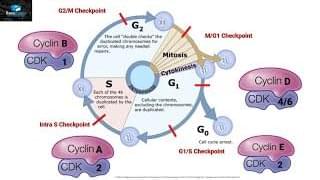
Driven by genetic and environmental factors, aging is a physiological process responsible for age-related degenerative changes in the body, cognitive decline, and impaired overall wellbeing. Notably, premature aging as well as the emergence of progeroid syndromes have posed concerns regarding chronic health conditions and comorbidities in the aging population. Accelerated telomere attrition is also implicated in metabolic dysfunction and the development of metabolic disorders. Impaired metabolic homeostasis arises secondary to age-related increases in the synthesis of free radicals, decreased oxidative capacity, impaired antioxidant defense, and disrupted energy metabolism. In particular, several cellular and molecular mechanisms of aging have been identified to decipher the influence of premature aging on metabolic diseases. These include defective DNA repair, telomere attrition, epigenetic alterations, and dysregulation of nutrient-sensing pathways. The role of telomere attrition premature aging in the pathogenesis of metabolic diseases has been largely attributed to pro-inflammatory states that promote telomere shortening, genetic mutations in the telomerase reverse transcriptase, epigenetic alteration, oxidative stress, and mitochondrial dysfunctions. Nonetheless, the therapeutic interventions focus on restoring the length of telomeres and may include treatment approaches to restore telomerase enzyme activity, promote alternative lengthening of telomeres, counter oxidative stress, and decrease the concentration of pro-inflammatory cytokines. Given the significance and robust potential of delaying telomere attrition in age-related metabolic diseases, this review aimed to explore the molecular and cellular mechanisms of aging underlying premature telomere attrition and metabolic diseases, assimilating evidence from both human and animal studies.
Aging is defined as a physiological phenomenon driven by genetic and biological processes, which are related to the lifespan of an individual and are associated with all age-related pathologies (Li et al., 2021). The aging process increases the susceptibility of individuals to factors leading to death as they grow older. Aging is a complex multifactorial phenomenon that involves the simultaneous interaction between various factors at different levels of functional organization. The role of genetic and environmental factors is represented by the heterogenous aging phenotype across different individuals, hence, these factors influence the lifespan of an individual via the process of aging (Jayanthi et al., 2010). With the deterioration of physiological functions critical to the survival and fertility of humans, the process of aging is known to relate to the notion of natural selection (Gilbert, 2000).









